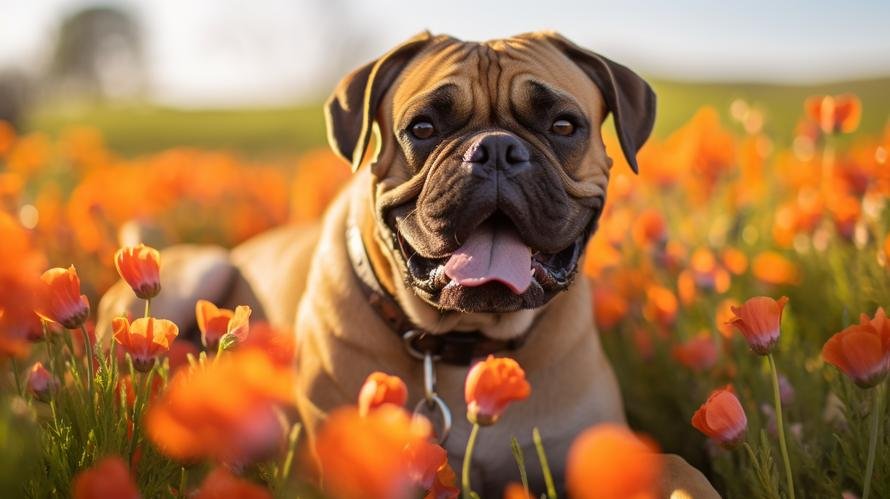You’ve probably heard chilling stories about Bullmastiffs and their menacing demeanor. Blame it on television or in-person encounters with unruly dogs, but Bullmastiffs are often on the receiving end of a bad rap. Are they really the growling beasts as some paint them to be, or are they just misunderstood?
Before we delve into the nitty-gritty, let’s debunk one fact that’s often broadly misunderstood: temperament is not inherently tied to breed. Rather, factors like upbringing, training, and socialization significantly influence the temperament of each individual dog. So, declaring all Bullmastiffs as dangerous or aggressive is a fatally flat-footed argument.
Now that we’ve set the basics straight, let’s dive into understanding the Bullmastiff breed. A blend of English Mastiff and the old English Bulldog, the Bullmastiff was initially bred to guard large estates from poachers during the 19th century. Considering this historic trace, the Bullmastiff’s natural instinct sears towards protection, a trait that can easily be misinterpreted as aggression.
While Bullmastiffs are protective, they’re also very loyal, making them great family dogs. They form strong bonds with their family, often resulting in them being referred to as “gentle giants.” They are big, strong dogs filled with love for their families.
However, here’s an interesting tidbit – the Bullmastiff’s breed standard (a written guideline which describes the ideal characteristics and appearance of a breed) actually describes this breed as both “fearless and confident, yet docile.” An intriguing balance, to say the least.
Now, consider this – practically every dog breed can show signs of aggression if it is improperly socialized, mistreated, or mishandled. This doesn’t exclude Bullmastiffs. That’s precisely why it’s essential to distinguish between true aggression and protective instinct. A poorly trained or neglected Bullmastiff might exhibit aggression due to frustration or fear, not because of its basic breed characteristics.
So how do you avoid aggression in Bullmastiffs?
The keyword is socialization. Just like it’s necessary for humans to interact with a variety of people to build appropriate social skills, it’s the same for dogs, including Bullmastiffs. Leading experts suggest introducing a pup to at least 100 new people during the first twelve weeks of its life. This can help the dog familiarize and feel comfortable with multiple kinds of individuals, thus reducing anxiety or fear—common triggers for aggression.
Mutually, training your Bullmastiff from an early age is crucial. Laying down firm ground rules, teaching basic commands, and rewarding good behavior can go a long way in shaping a well-behaved, gentle, and amiable Bullmastiff.
Feed your pet a balanced diet as food can significantly influence a dog’s behavior. A deficiency of certain nutrients can trigger aggressive behavior in dogs. Likewise, regular exercise helps to drain excess energy that might otherwise be directed towards destructive or aggressive behavior.
Lastly, it’s worth noting that Bullmastiffs are generally good with children. However, due to their large size, they should always be supervised around younger kids to prevent accidental injury. This caution is not because Bullmastiffs are aggressive, but because they might unknowingly knock down a child simply due to their brawny physique.
In conclusion, to label Bullmastiffs as outright aggressive is falsely misleading and ignorant. Any breed, regardless of its original behavior traits or size, can turn aggressive under certain circumstances. Instead, focus on proper training, exposure to variety (be it people, environments, or animals), and a loving, caring home. You’ll find that Bullmastiffs, like any other breed, are capable of giving immense unconditional love and proving themselves as remarkable family pets.



